The Oshima Tsumugi workshop in the north of the island of Amami-Oshima perpetuates ancestral know-how in the manufacture of beautiful silk kimonos. Established in an idyllic setting at the foot of the mountain, its artisans continue to use natural elements for dyeing and traditional weaving techniques as in the past. Ori Jime, a process unchanged for 1300 years. The Oshima workshop on Amami - Oshima remains faithful to a traditional technique imported from China to the island of Okinawa, then to the Amami Islands from the 8th century. Clothing woven from silk thread, called "Tsumugi", was once reserved for the entourage and family of the king of RYUKYU, then subsequently for members of successive feudal governments. The inhabitants were not allowed to wear them, they only used them to pay taxes owed to their masters. It was not until the Meiji era at the end of the 19th century. that these sought-after artisanal creations become more affordable kimonos and are distributed throughout Japan. Since the beginning of the 20th century and the increase in demand, many improvements have been made in manufacturing, but it remains artisanal. The Techiki wood, cut into small pieces, is immersed in large cauldrons brought to the boil. The silk threads are then soaked in the cooled mixture, then dried in the sun (step repeated 15 to 20 times). The dark red color thus obtained then evolves towards grays or dark blues by immersing the threads in different types of mud taken from the banks of a rice field. These muds, with their high concentration of iron, make it possible to tint but also to fix the color on the silk. The indigo shade is obtained using the leaves of Persicaria tinctoria. The rectangular strips of tsumugi fabric, very resistant and wrinkle-free, are used to make kimonos with various patterns: simple stripes, chains, crosses, tortoise shells... After weaving and assembly for weeks, the selling price of these coins can reach several hundred thousand yen. These are often already reserved in advance by the capital's wealthy clientele. Oshima tsumugi is a textile produced mainly on the island of Amami Oshima in Kagoshima Prefecture. It is a traditional Japanese craft with a long history of around 1,300 years. The Oshima tsumugi, created through numerous processes, is soft and strong and is believed to be worn as a kimono for 150 to 200 years. The fabric, which took a lot of time and effort, is only recognized as authentic Oshima tsumugi after passing strict inspections by local associations in each production area. Mud dyeing (泥染め) is a natural dyeing method practiced only on the island of Amami Oshima in the world. The tannic acid pigment in Sharinbai (a rose family plant) and the iron (ferric oxide) in the mud are chemically combined more than 85 times on the silk threads to dye them a deep, shiny black color. and austere which cannot disappear or alter. The beautiful luster of silk is of animal origin, the softness of the sharinbai dye is of plant origin, and the iron content makes it a strong fiber with all three characteristics of mineral origin. The soft and fresh texture of Amami Oshima Tsumugi can be inherited by parents and children for three generations. Very good condition. Length: 160 cm Width, sleeves included: 128 cm FREE SHIPPING FOR FRANCE / €15 EUROPE / €25 WORLD colissimo post, delivery against signature # On www.winsteinprovence.com you can appreciate a collection of around fifty old kimonos or semi-antique, on the "Asia" page We love kimonos. For any information or other photos, please call me on 06 13 36 09 30 or on winsteinprovence@gmail.com www.winsteinprovence.com




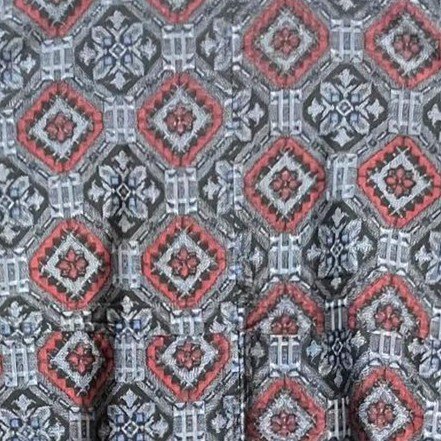



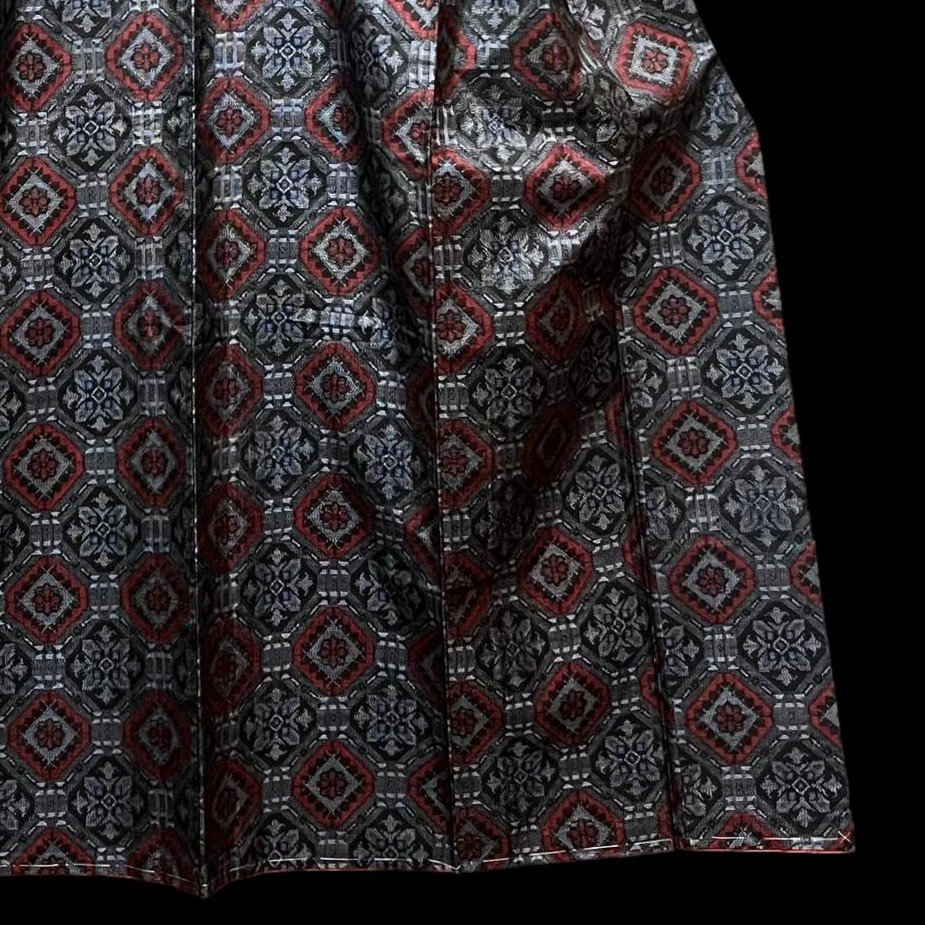
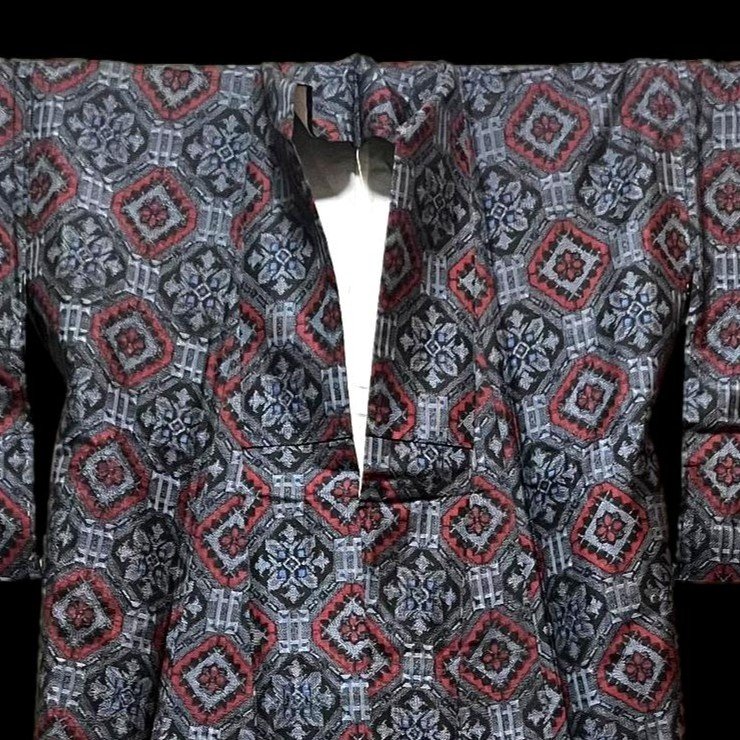






















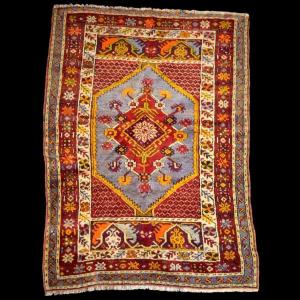

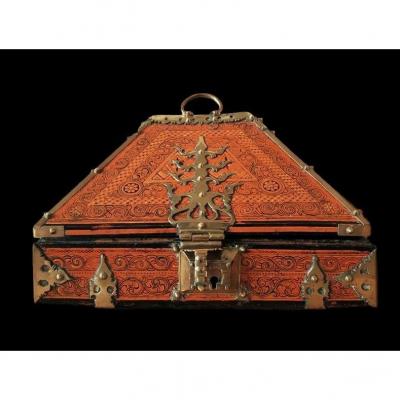
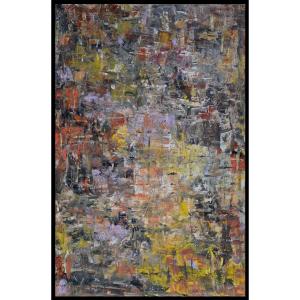



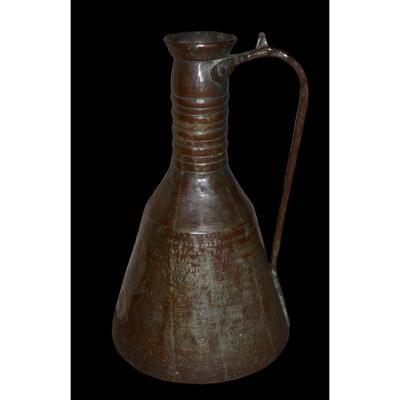
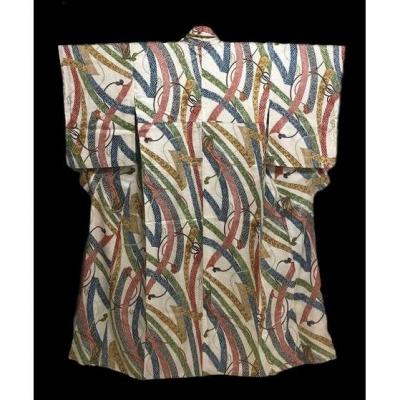
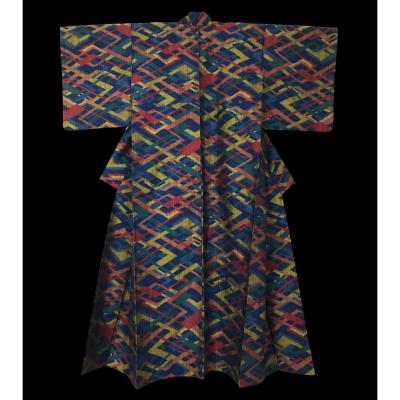






 Le Magazine de PROANTIC
Le Magazine de PROANTIC TRÉSORS Magazine
TRÉSORS Magazine Rivista Artiquariato
Rivista Artiquariato